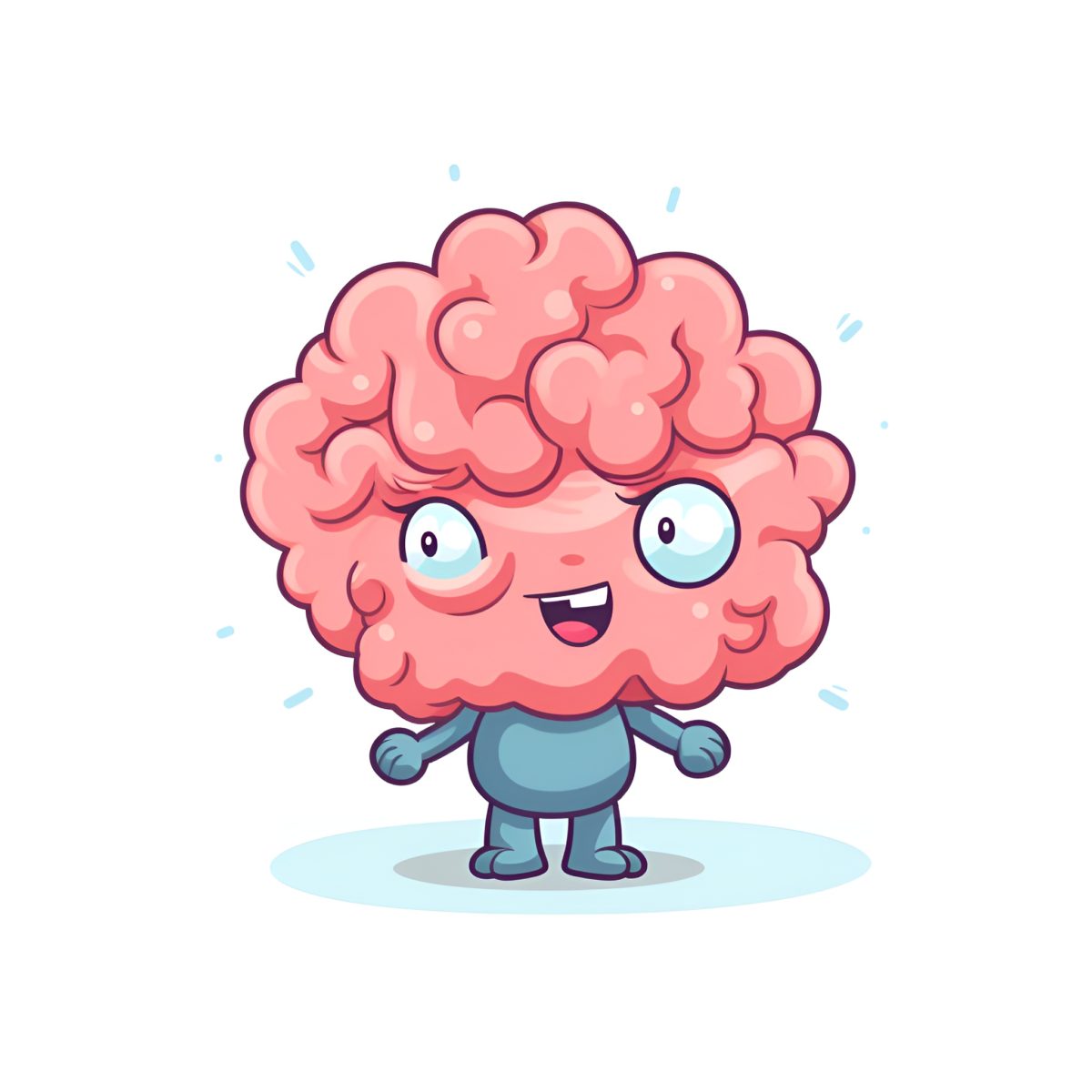As a product designer, you likely know that design is hard. But with the right mindset and guidance, you can conquer any challenge that comes your way. That’s where Design Is Hard comes in – our latest post offers 8 Principles for Increasing Your Impact, drawing on over 15 years of experience from our writer, a seasoned product designer.
These principles are designed to help you cultivate a growth mindset, seek out feedback, and collaborate more effectively with your team. By applying these principles to your work, you’ll be able to make a lasting impact and become a valuable asset to your team.

So, what are these principles? Let’s take a closer look:
- Always be exploring: This principle is all about embracing the unknown and exploring new ideas and possibilities, even when the path seems unclear. Don’t wait for an idea to be polished or a brief to be written – explore wild ideas and show your explorations to others. As our writer notes, “If you’re not exploring, you’re standing still.”
- Get feedback from everyone, all the time: Don’t hold your work closely, as it’s everyone’s product. Share your work all the time, and seek out feedback from different people with different perspectives. Ask for specific feedback and don’t sit back and wait for it. As our writer notes, “Feedback is your friend.”
- Hold your opinions loosely: While you likely have expertise in design, your opinions should change with new information or perspectives. Let people know up front that you’re willing to change your mind. As our writer notes, “Your job is not to be right, it’s to be effective.”
- Do the little things for others: Sometimes, being a valuable team player means doing the little things for others. Offer to help and always come through, whether it’s helping someone on another team with a presentation or finding holes in your team’s organization or process. As our writer notes, “Success is a team sport.”
- Write out your rationale: When presenting your work, be sure to write out your reasoning behind it. This will help you hone your talking points and ensure that others understand your perspective. As our writer notes, “If you can’t explain it, you don’t understand it.”
- Stay on top of industry trends: To be an effective product designer, you need to stay on top of industry trends and think about how great experiences might influence your own product. Share what you’ve learned with others and start a conversation about it. As our writer notes, “The only constant is change.”
- Proactively keep others in the loop: Share what stage you’re in and when you’re going to finish. Tell people your priorities so that you can all agree on what needs to be done. As our writer notes, “Transparency is the grease that keeps the engine running.”
- Leave everything better than you found it: Like a gardener nurturing growth, strive to leave everything better than you found it. This could mean fixing holes in your team’s organization or process or simply doing something nice for someone else. As our writer notes, “Be the change you want to see.”
These principles may seem simple, but they’re powerful tools for product designers looking to make a lasting impact. Whether you’re a seasoned pro or just starting out, these principles can help you become a better collaborator, communicator, and designer.
And that’s not all – by subscribing to Design Is Hard, you’ll gain access to even more tips, tricks, and funny takes on the world of product design. With a new post every week or so, you’ll stay up-to-date on the latest trends and techniques, and be inspired to take your career to the next level.



